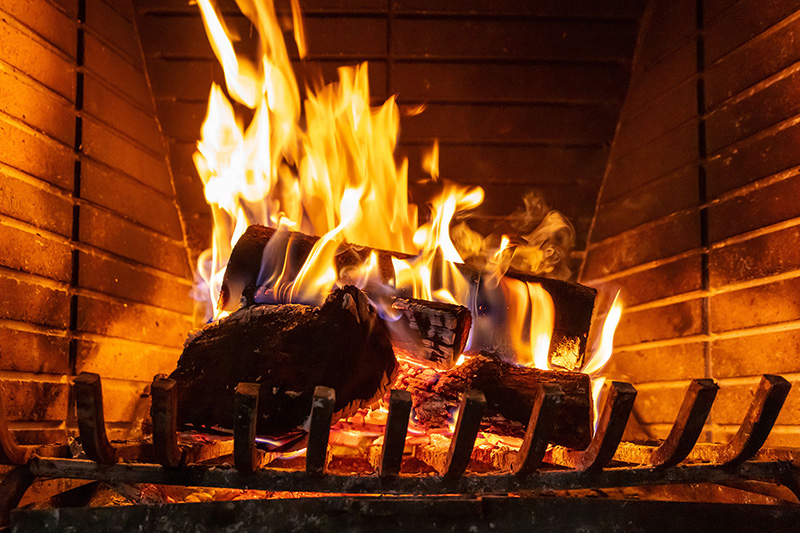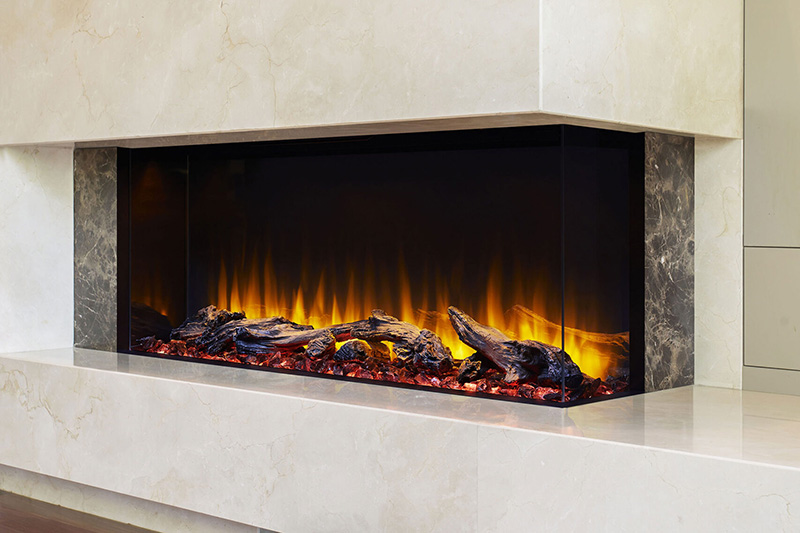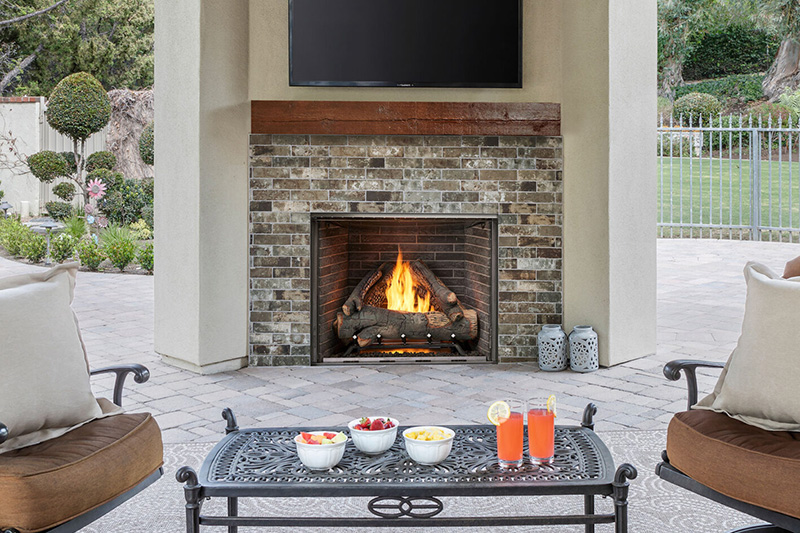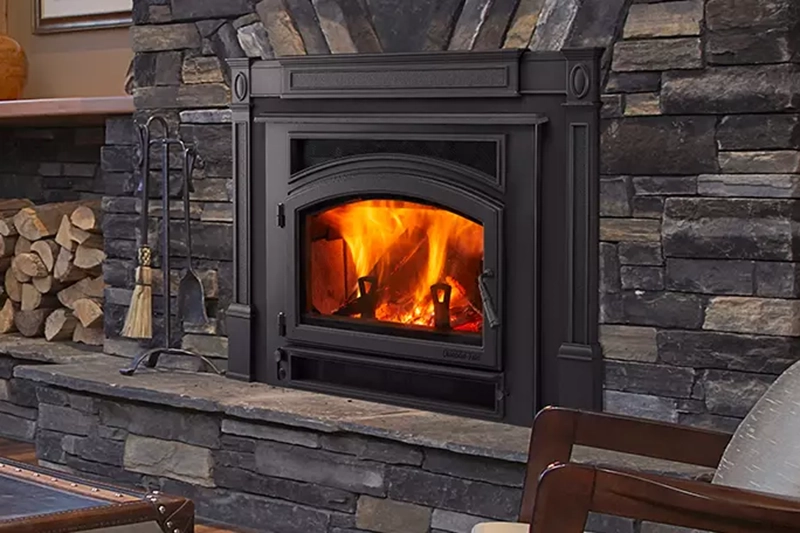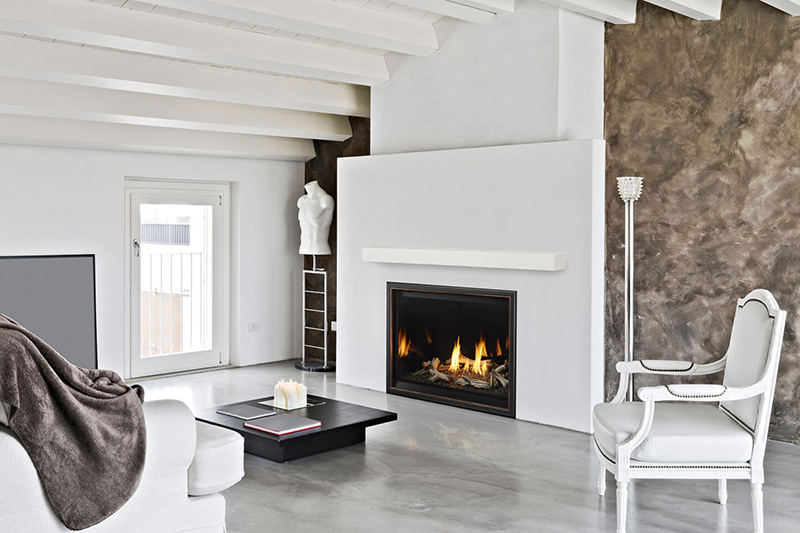What is a Zero Clearance Fireplace?
A zero clearance fireplace is a highly efficient, space-saving option designed to be installed safely in close proximity to combustible materials such as wood framing, drywall, and insulation. Unlike traditional masonry fireplaces, which require significant clearance from surrounding structures, a zero clearance fireplace has superior insulation that allows it to be built directly into walls, making it an excellent choice for both new construction and retrofits.
How Does a Zero Clearance Fireplace Work?
A zero clearance fireplace operates similarly to other gas or wood-burning fireplaces but is specifically engineered for enhanced safety and efficiency. These fireplaces are built with a firebox that remains cool on the exterior while containing and directing heat efficiently inside. This design minimizes heat transfer to surrounding materials, allowing for close installation without the risk of structural damage or fire hazards.
Many modern zero clearance fireplaces also feature advanced venting systems, customizable flame settings, and high-efficiency heat distribution, making them an attractive and practical choice for homeowners looking to enhance both warmth and ambiance in their living spaces.
Does a Zero Clearance Fireplace Need a Chimney?
The necessity of a chimney depends on the type of zero clearance fireplace you install. Wood-burning zero clearance fireplaces typically require a chimney to safely expel smoke and combustion gases. However, gas-powered and electric zero clearance fireplaces often utilize direct vent or vent-free technology, eliminating the need for a traditional chimney.
If you're unsure whether your fireplace setup requires additional venting, consult a professional. Fireside Home Solutions provides expert guidance and installation services—schedule a service appointment to ensure your fireplace is operating safely and efficiently.
Benefits of a Zero Clearance Fireplace
- Flexible Installation: Unlike masonry fireplaces, zero clearance fireplaces can be installed almost anywhere in the home, including small spaces and second-story rooms.
- High Energy Efficiency: These fireplaces are designed to retain and distribute heat effectively, making them a cost-effective heating solution.
- Enhanced Safety: The insulated firebox ensures safe installation near combustible materials, reducing fire hazards.
- Modern Aesthetics: Available in a variety of styles and finishes, zero clearance fireplaces complement any interior design.
- Low Maintenance: Many gas and electric models require minimal upkeep compared to traditional wood-burning fireplaces.
Find the Right Zero Clearance Fireplace for Your Home
If you're considering upgrading your home with a zero clearance fireplace, Fireside Home Solutions offers a wide range of options tailored to your needs. Whether you prefer a sleek, contemporary design or a more traditional aesthetic, our selection of zero clearance fireplaces provides both style and functionality. Explore our collection of zero clearance fireplaces, or visit one of our showrooms to see these fireplaces in action.
